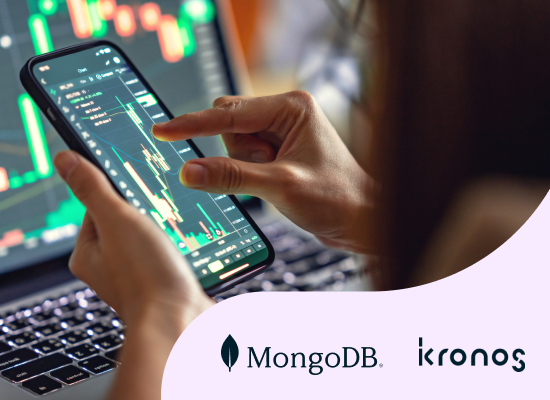MongoDB Atlas Charts enables Kronos to trade billions on crypto markets every day


“MongoDB greatly simplifies the final part of the research workload. Atlas Charts enables our researchers to visualize the different relationships and adjust the dials for trading bots without additional ETL or data movement.”
Hank Huang
Kronos, CTO
Kronos, CTO
Take the next step
Get access to all the tools and resources you need to start building something great when you register today.
.svg)